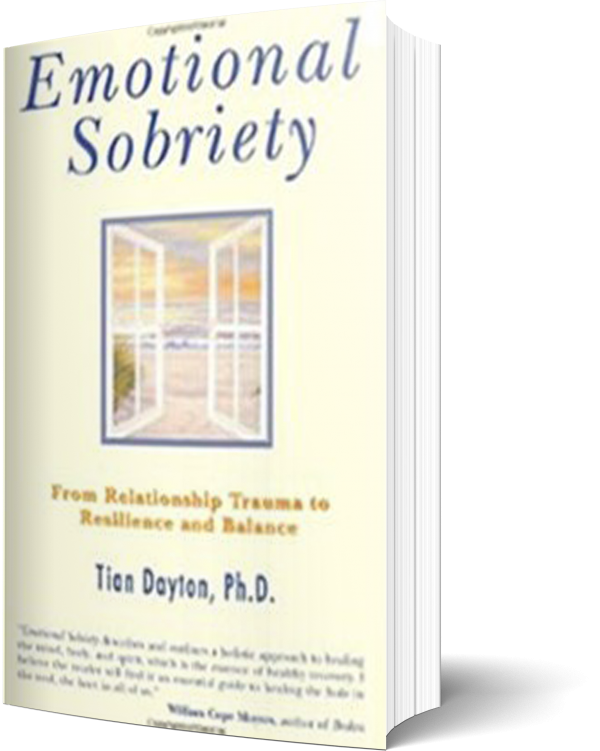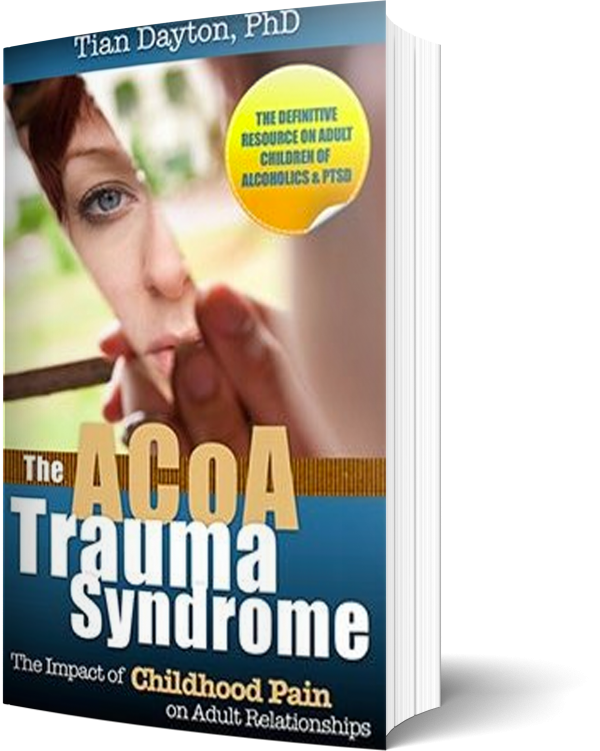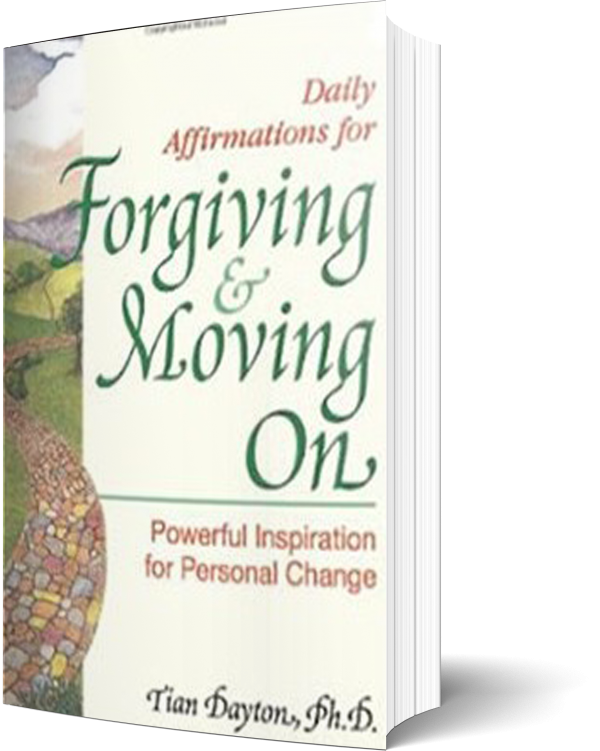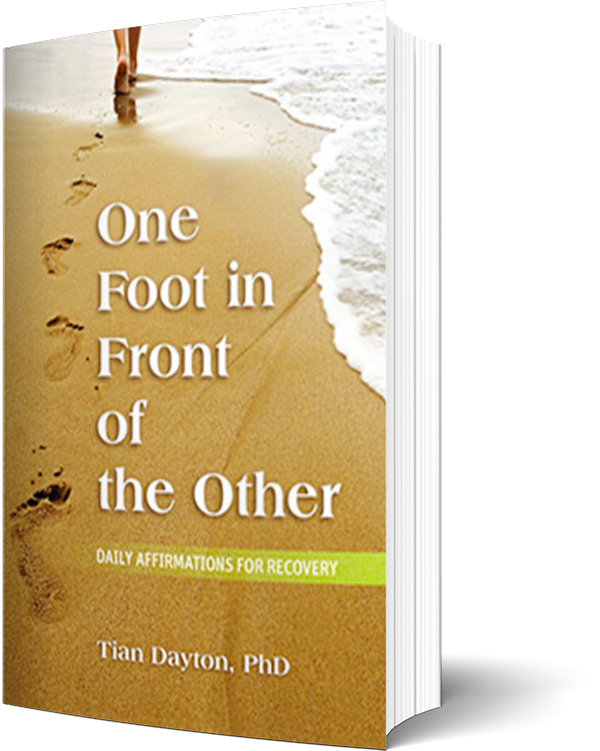Is happiness a choice, or a fleeting experience that occurs only when all our stars are all perfectly aligned? Can we lose happiness as easily as we find it, or are there attitudes we can adopt that will counter feelings of pessimism and help us to build a stronger, more resilient self?
It was one of the world’s leading scholars on “learned helplessness” and depression, psychologist Martin Seligman, who began a conversation that launched today’s positive psychology movement. Seligman was the president of the American Psychological Association in 1998 when he used his pulpit to introduce the idea of a psychology that focused on human strengths in addition to human weaknesses. For too long the field of psychology had been crisis-oriented, focusing on damage control after a problem has spun out of control. Seligman felt that by “turning toward understanding and building the human strengths to complement our emphasis on healing damage” (Seligman 1998, 1999) we might build the strength and resilience to learn to handle problems differently or avoid them in the first place. Based on his years of research on depression and learned helplessness he asked a crucial question, “if “learned helpless” is something we acquire over time, can we then equally learn “un-helplessness”? Can we, in other words, adopt some “un-helpless” or positive, proactive strategies that will help us to become optimists?
In his subsequent research on optimism, Seligman began quantifying particular traits shared by both optimists and pessimists. He found that optimists:
• Tend to see life through a positive lens.
• Tend to see bad events as temporary setbacks or isolated to particular circumstances that can be overcome by their effort and abilities.
Pessimists, on the other hand:
• Tend to react to setbacks from a presumption of personal helplessness (there is nothing I can do to make things better).
• Tend to feel that bad events are their fault, will last a long time, and will undermine everything they do (Seligman 1998, 1999).
“Positivity Training”: Learning To Be An Optimist
This research begins to clarify some traits we need to adopt to become more positive in our lives. To begin with, Seligman proposes that we learn to “hear” (and even write down) our beliefs about the events that block us from feeling good about ourselves or our lives and pay attention to the “recordings” we play in our heads about them. Seligman further recommends that we then write out the consequences of those beliefs, the toll they take on our emotions, energy, will to act, and the like. He further suggests that once we feel we’re familiar with the pessimistic thought patterns we run through our heads, we begin to challenge them (ibid). For example, we can challenge the usefulness of a specific belief and generate alternative ideas and solutions that might be better. We can choose to see problems as temporary, the way an optimist would, as that in itself provides psychological boundaries. This new type of thinking can stop the “loop” of negative tapes we run through our heads. Over time, as this more optimistic thinking becomes engrained as our default position, we begin to see the results for ourselves as we’re rewarded with new energy and vitality.
On the surface, this approach may appear to go directly against what therapists ask us to do by revisiting and resolving painful issues from the past. But actually, a main goal of healing is to create a shift in perception and to reorganize our perception of previous events. With this reframing, we open ourselves to new interpretations of past events, and our spontaneous reaction to circumstances in our lives actually becomes different. As a result, we become more available for different and more “positive” life experiences.
Sustaining The Right “Tipping Point” Or Thought Balance
But like most things in life, is it really that simple? There is, after all, such a thing as an unconscious, one that may spew forth negative self concepts that refuse to be eradicated by a few well-chosen, positive thoughts. And then there is life itself, with all of its daily annoyances and disruptions, those “slings and arrows” that make it tough to stay positive. So how do we live with the, let’s say less positive sides of ourselves and still maintain an overall upbeat attitude? Barbara Fredrickson, a social psychologist at the University of North Carolina at Chapel Hill, in her research on the benefits of positive thinking, found that it is important to actively maintain a conscious balance between our negative and positive emotions in order to sustain a positive attitude. “Our emotions,” says Fredrickson, “tend to obey a tipping point.” That tipping point among Americans tends to be 3-1. This means that “we need three positive emotions to lift us up for every one negative emotion that brings us down” (Fredrickson 2009). To improve the ratio, Fredrickson feels that we need to give ourselves time to do the things that we enjoy and to live more in the present. “Resilient people manage adversity and handle unexpected things. It’s not just that they only experience positive emotions, but instead that they are able to cultivate more positive feelings. Resilient people don’t make social comparisons. Instead they focus on what’s positive in their own lives” (ibid).
So if you want to become one of those positive people you have always admired, make a gratitude list, see setbacks as temporary and pay attention to the self-defeating thoughts that run through your head and trade them for thoughts that are more understanding and compassionate. And pay attention to amount, when you find yourself having too many negative thoughts, consciously do something to change that. Find out what works for you, whether it’s doing some uplifting reading, using affirmations, taking a walk, listening to music, going out with friends, cooking or meditating. Do something that gives you a good feeling and change the way you are thinking. Train yourself, in other words, to become a positive thinker. It’s very much, according to research, within your reach!
For more from Dr. Dayton, read her new book: The ACoA Trauma Syndrome: The Impact of Childhood Pain on Adult Relationships
References:
Fredrickson, B. 2009. Positivity: Groundbreaking Research Reveals How to Embrace the Hidden Strength of Positive Emotions, Overcome Negativity, and Thrive. New York: Three Rivers Press.
Seligman, M. P. 1998. President’s Address to the 1998 American Psychological Association’s (APA) Annual Meeting. Published as part of the “APA 1998 Annual Report” in American Psychologist 54(8): 559-562.
For more by Dr. Tian Dayton, click here.
For more on emotional wellness, click here.





